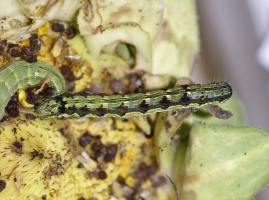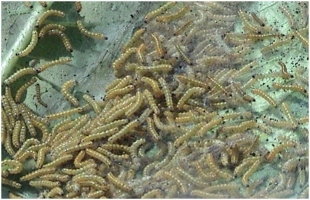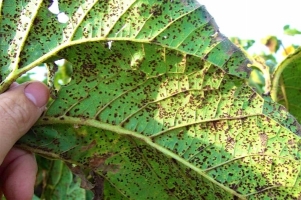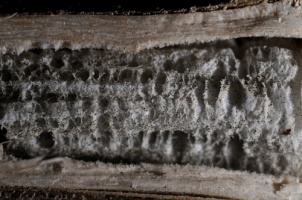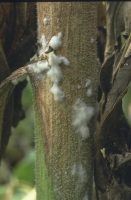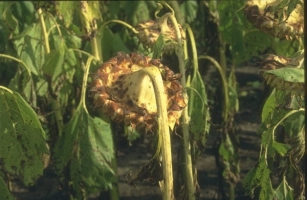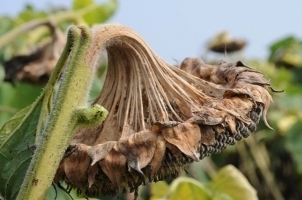Jwalamukhi: It is medium tall hybrid crop. Its average plant height is about 170 cm. Ready to harvest in 120 days. It gives average yield of 7.3 qtl/acre. Oil content is about 42%.
GKSFH 2002: It is medium tall hybrid crop. Ready to harvest in about 115 days. It gives average yield of 7.5 qtl/acre. Oil content is about 42.5%.
SH 3322: It is variety having plant height of 160 cm. Ready to harvest in 120 days. Its average yield is 8.3qtl/acre. Oil content is about 43%.
PSFH 118: It is short duration hybrid having average plant height of 155 cm. Ready to harvest in 98days. It gives average yield of 7.6 qtl/acre. It contains 40.5% oil content.
PSH 569 (2008): It is a medium tall hybrid with a short duration and a plant height of 162 cm on average. 7.4 quintals per acre are the average seed yields. With a seed weight of 6.8 g per 100, they are big seeds. 36.3 percent of the oil content of the seeds. It takes approximately 98 days for it to reach full maturity. This hybrid can also be seeded late.
PSH 996 (2012): It is a medium tall hybrid with a short duration and an average plant height of 141 cm. This hybrid produces 7.8 quintals of seed per acre on average. The seeds are dark and bold, weighing 6.8 g per 100. This hybrid has a 35.8 percent oil content. It takes 96 days to reach full maturity. This hybrid is also well-suited to late-sowing conditions.
DK 3849 (2013): Its a tall hybrid, with a plant height of 172 cm on average. This hybrids average seed yield is 8.4 quintals per acre, with a seed weight of 4.5 g per 100 seeds.This hybrids seeds have a 34.5 percent oil content. It takes 102 days to reach maturity.
PSH 1962 (2015): It is a medium tall, short duration hybrid with an average plant height of 165 cm. This hybrid has an average seed output of 8.2 quintals per acre. This hybrids seeds are black and bold, weighing 6.4 g per 100 seeds. This hybrid has a 41.9 percent oil content. It takes 99 days to mature.
PSH 2080 (2019): It is a medium tall hybrid with a short duration and an average plant height of 151 cm. This hybrid produces 9.8 quintals of seed per acre on average. This hybrids seeds are black and elongated, weighing 5.8 g per 100 seeds. This hybrid has a 43.7 percent oil content. It takes 97 days to reach maturity.
Older varieties:
SSH 3322 (1997): It is a medium tall hybrid with a long duration and an average plant height of 160 cm. It produces 8.3 quintals per acre on average. It has a 43.0% aromatic oils. The maturation process takes 120 days.
BSH 1(1980): Developed by AICRP (Sunflower) centre, University of Agricultural Sciences, Bengaluru. Its average yield is 10-12 q/acre. It takes 90-95 days to mature.
Other state varieties:
Variety: DRSF 108, PAC 1091, PAC-47, PAC-36, Sungene-85, Morden
Hybrids: KBSH 44, APSH-11, MSFH-10, BSH-1, KBSH-1, TNAU-SUF-7, MSFH-8, MSFH-10, MLSFH-17, DRSH-1, Pro.Sun 09.









